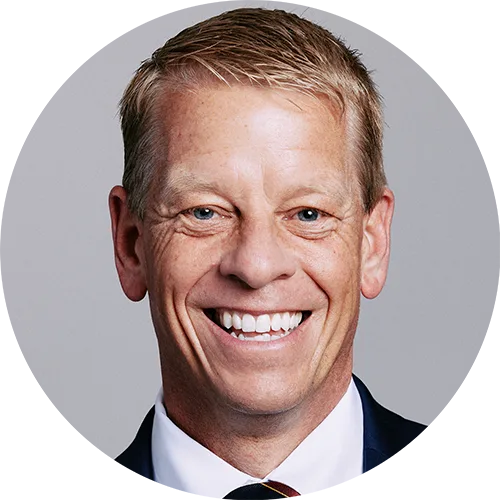Avignon

Why were three elected popes active at the same time in the early 1400s? On this episode of 5 Minutes in Church History, Dr. Stephen Nichols sketches the Roman Catholic corruption and intrigue surrounding the city of Avignon in the 14th and 15th centuries.
Well, welcome back to another episode of 5 Minutes in Church History. On this episode, let's take a trip together. Let's travel to Avignon right along the Rhone River and let's go back in time. Let's go back to the 1300s. Avignon is in modern day France, but in the 1300s, it was the kingdom of Arles, which was squarely in the Holy Roman Empire. Now, if there had been news feeds back in the 1300s, Avignon would have dominated them. From 1309 to 1376, it was the home of the Pope. That's right. All during this time, the popes were not in Rome, but they were in Avignon.
In 1305, Clement V was elected Pope with no little intrigue surrounding that and he initially set up his papacy at Poitiers. Instead of moving to Rome and taking up residence there, he moved the entire papal court and curia officials to Avignon. Seven successive popes stayed there. They were all French. This was a time of French domination of the Roman Catholic Church. Of the 134 cardinals, 111 of them were French.
The papal palace where the Pope lived, there along the Rhone River, was a fortress. Over this time, it was under constant construction as each successive Pope expanded their base. This was a time of centralization of power and of heavy taxation. The papacy was looking more and more like a king's court than an ecclesiastic organization. It was a time of a great deal of the selling of indulgences. A whole industry rose up around the buying and selling and trading of relics. It was also a time of the patronage of the arts. All of this lasted from 1309 to 1376. Then things get really interesting.
Gregory XI was elected Pope back in 1370. He wanted to reinstate Rome as the papal seat, but he had all sorts of challenges that were more pressing. For instance, he was desperately trying to reconcile the king of France and the king of England. Let's not forget, this is precisely the time of John Wycliffe, and so the Pope was busy condemning the writings of Wycliffe. But in 1377, he walked right into Rome. The Pope and the papacy was back. About a year and two months later, he died on March 27th, 1378.
A new Pope was elected, Urban VI, and he was installed in Rome. But a number of the Cardinals who had elected him had regrets and second thoughts, and they called a new enclave and elected a new and another Pope, Clement VII. So, there were two popes, one in Rome, and Clement VII installed back in Avignon. Both of them were elected by the College of Cardinals. Well, this lasted through a few more popes, both in Avignon and in France. This lasted from 1378 to 1409. It was a tumultuous time for the church. In 1409, the Council of Pisa met to settle this dispute, but instead of deciding between the two popes, the one in Avignon and the one in Rome, they elected yet a third Pope. Now we have three popes in the church, and this went on until 1417. Then in 1417, finally the papacy was returned to Rome. There were not three popes. There were not two popes. There was just one Pope.
Well, did you catch that year, 1417? Do you remember what happened 100 years after that? Do you remember what happened in 1517? I do, and I'm sure you do too. What we see here in the 1300s and what we see in the 1400s is a time of decline of the Roman Catholic Church, a decline in its organization, a decline in its spirituality, an increase in corruption and all of that with this selling of indulgences as well. It goes back to Avignon there along the Rhone River in the 1300s. Thanks for taking that trip with me. I'm Steve Nichols. Thanks for joining us for 5 Minutes in Church History.
Recent Episodes
Church History Resolutions for the New Year
December 31, 2025|General Church History
Christmas in New England
December 24, 2025|The Person of Christ
A Little Church History of a Middle Colony: The First Great Awakening
December 17, 2025|American Church History
A Little Church History of a Middle Colony: Early Influences
December 10, 2025|American Church History
Gunpowder and a Proclamation
December 3, 2025|Geographical Perspectives
Thanksgiving in Church History
November 26, 2025|American Church History
